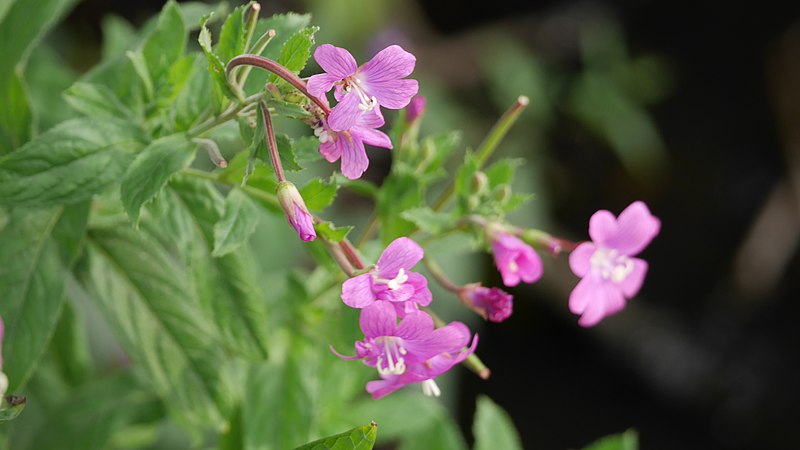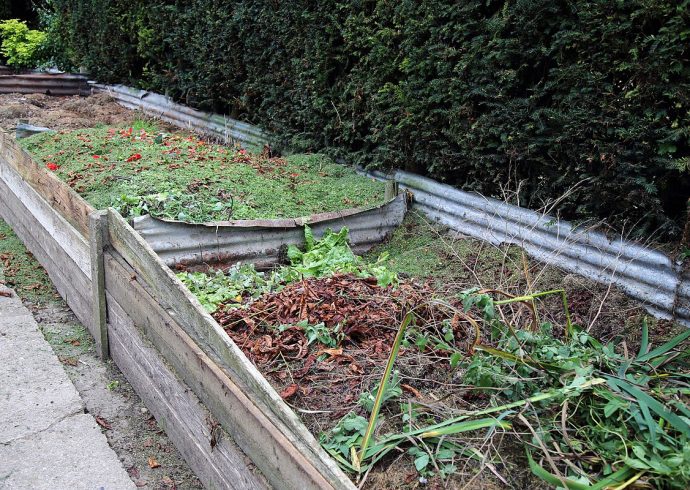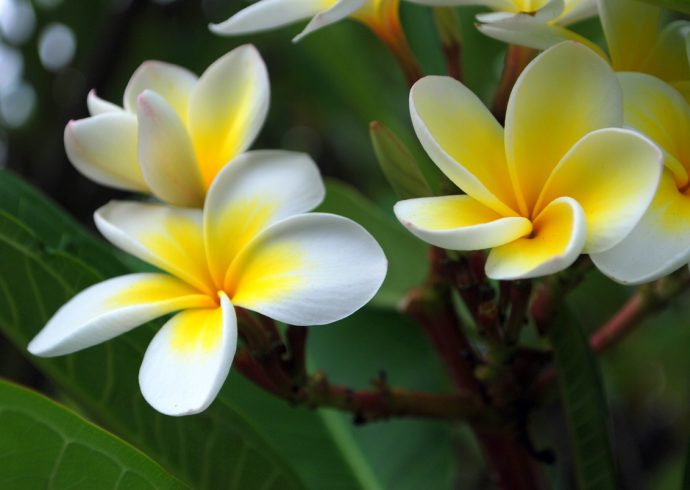
Flowers have been used in recipes since ancient times. People from centuries ago recognized the ornamental values of flowers and discovered that there are a number of edible flowers that can easily be grown in one’s garden. Edible flowers are low in calories. Like some vegetables, celery for example, flowers have a high water content so you do not have to worry about putting on extra pounds through the consumption of flowers. Below is a list of some of my favorite edible flowers and how you can use them in your recipes:
1. Nasturtium. These flowers come in red, orange, yellow, and pale yellow. The flower itself tastes a little like the pear fruit. Nasturtium is one of the few flowers that have nutritional value to them. This flower contains vitamin C in the blossom. Can be used as a topping decoration for a bowl of cold fruit or cold vegetable soup. Recommended number of flowers to use:
2. Wild Violets. Wild violets grow largely in the woods and meadows. Some people consider this flower a weed because it reseeds itself every year and spreads in nearby clumps. The flowers, however, are quite pretty, coming in shades of white, blue, and purple. When candied, wild violets make beautiful decorations to cakes especially wedding and birthday cakes. By themselves, they can be eaten raw in a salad along with wild violet leaves, which are also edible.
3. Dandelions. This bright yellow flower, officially classified as a weed by many, can be consumed in whole: the green leaves for plants, the roots washed, dried, and pounded into grains to make coffee, and the yellow buds can be eaten in a salad. The flowers have vitamins A and C. Dandelion blossoms tend to be bitter, as are the leaves of the plant. It is recommended to cook them before eating, using honey or maple syrup to sweeten them as they cook in boiling water. The cooked blossoms can be used in a salad, entree decoration, or candied.
4. Daisies. These flowers with the sunny faces bloom in the spring throughout the summer and can be eaten either raw or candied. Daisies can provide a wonderful entree decoration when placed upon a leaf of endive, a vegetable that also belongs to the daisy, or aster, family. For a striking color combination, add a long carrot shaving to the ensemble.
5. Lilacs. This fragrant flower that usually blossoms in June on the flowering bush is another edible flower. The lilac flower has a slightly bitter taste which can be used to garnish soups and vegetable stew. A tablespoon of lilac flowers is an ideal amount for your soup or stew pot.
6. Pansies. These flowers can also be used as a substitute for wild violets in your dishes since they are related to wild violets and Johnny jump-ups. Pansies have a delicate taste to them and like the other flowers, can be candied and used as a cake decoration. These flowers can also be eaten raw in a salad.
7. Marigolds. These flowers are great for placing at the border of your garden to keep away certain insects, but they can also be added to salads and soups for a spicy hint of flavor.
Before you go out picking blossoms from the plants listed above, you want to be sure you are 100% familiar with these flowers. The ones in the above list are quite common so if you are a gardener, chances are you know what you will be picking. Not all flowers are edible; there are a number of toxic flowers that can be downright fatal, such as the beautiful foxglove. Make sure the flowers you pick were not treated with pesticides. Once you have a bushel of flowers for consuming, wash them thoroughly to remove any dead insects. Remove the pollen area from the blossom as this can be bitter tasting in all the flowers listed above. These flowers can be used for your spring or summer dinner dishes, jellies, vinegars, parties, and of course to decorate that wedding cake. By using edible flowers in your dishes, you have not only a pretty decoration but also something you can eat with the meal.
Image Credit: Maciej Opalinski, CC BY-SA 4.0, via Wikimedia Commons.


